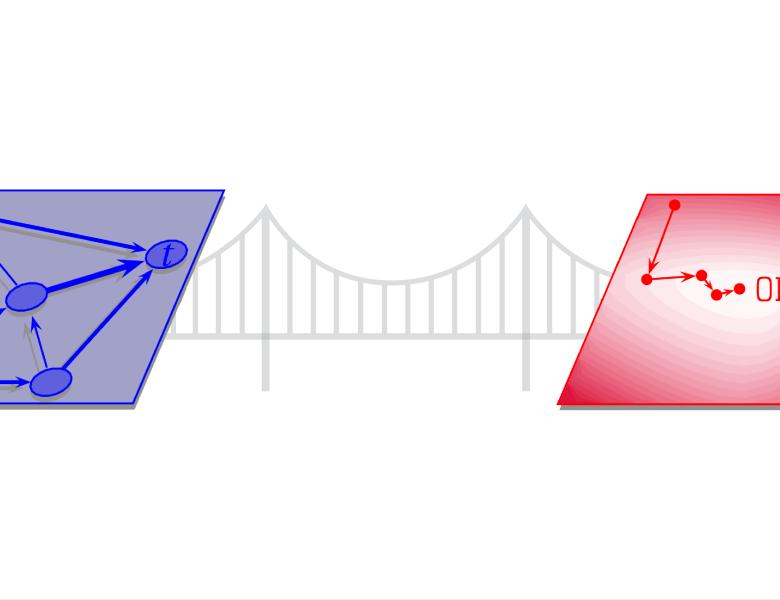
Abstract
In the classical secretary problem, a sequence of n elements arrive in a uniformly random order. The goal is to maximize the probability of selecting the largest element (or to maximize the expected value of the selected item). This model captures applications like online auctions, where we want to select the highest bidder. In many such applications, however, one may expect a few outlier arrivals that are adversarially placed in the arrival sequence. Can we still select a large element with good probability? Dynkin’s popular 1/e-secretary algorithm is sensitive to even a single adversarial arrival: if the adversary gives one large bid at the beginning of the stream, the algorithm does not select any element at all. In this work we introduce the Byzantine Secretary problem where we have two kinds of elements: green (good) and red (bad). The green elements arrive uniformly at random. The reds arrive adversarially. The goal is to find a large green element. It is easy to see that selecting the largest green element is not possible even when a small fraction of the arrival is red, i.e., we cannot do much better than random guessing. Hence we introduce the second-max benchmark, where the goal is to select the second-largest green element or better. This dramatically improves our results. We study both the probability-maximization and the value-maximization settings. For probability-maximization, we show the existence of a good randomized algorithm, using the minimax principle. Specifically, we give an algorithm for the known distribution case, based on trying to guess the second-max in hindsight, and using this estimate as a good guess for the future. For value-maximization, we give an explicit poly log^∗ n competitive algorithm, using a multi-layered bucketing scheme that adaptively refines our estimates of second-max as we see more elements. For the multiple secretary problem, where we can pick up to r secretaries, we show constant competitiveness as long as r is large enough. For this, we give an adaptive thresholding algorithm that raises and lowers thresholds depending on the quality and the quantity of recently selected elements. This is joint work with Domagoj Bradac, Anupam Gupta, and Goran Zuzic.


